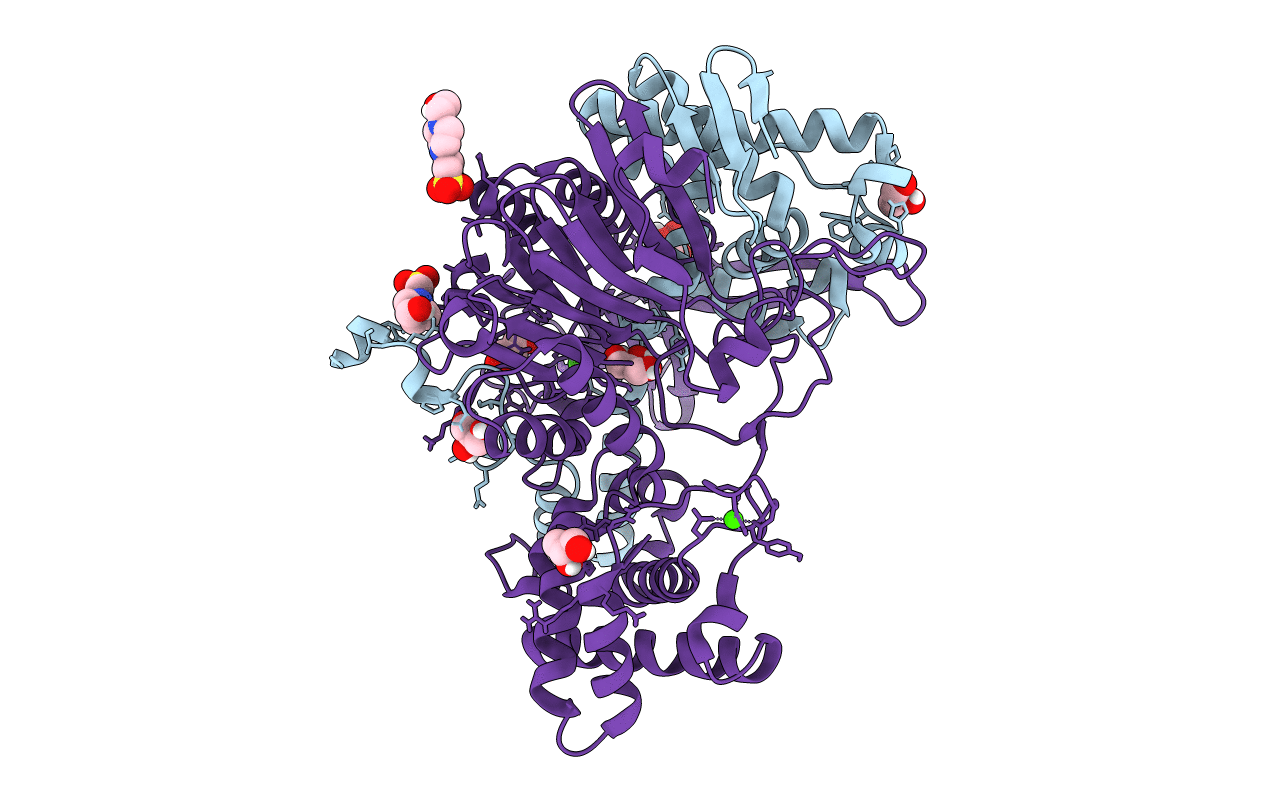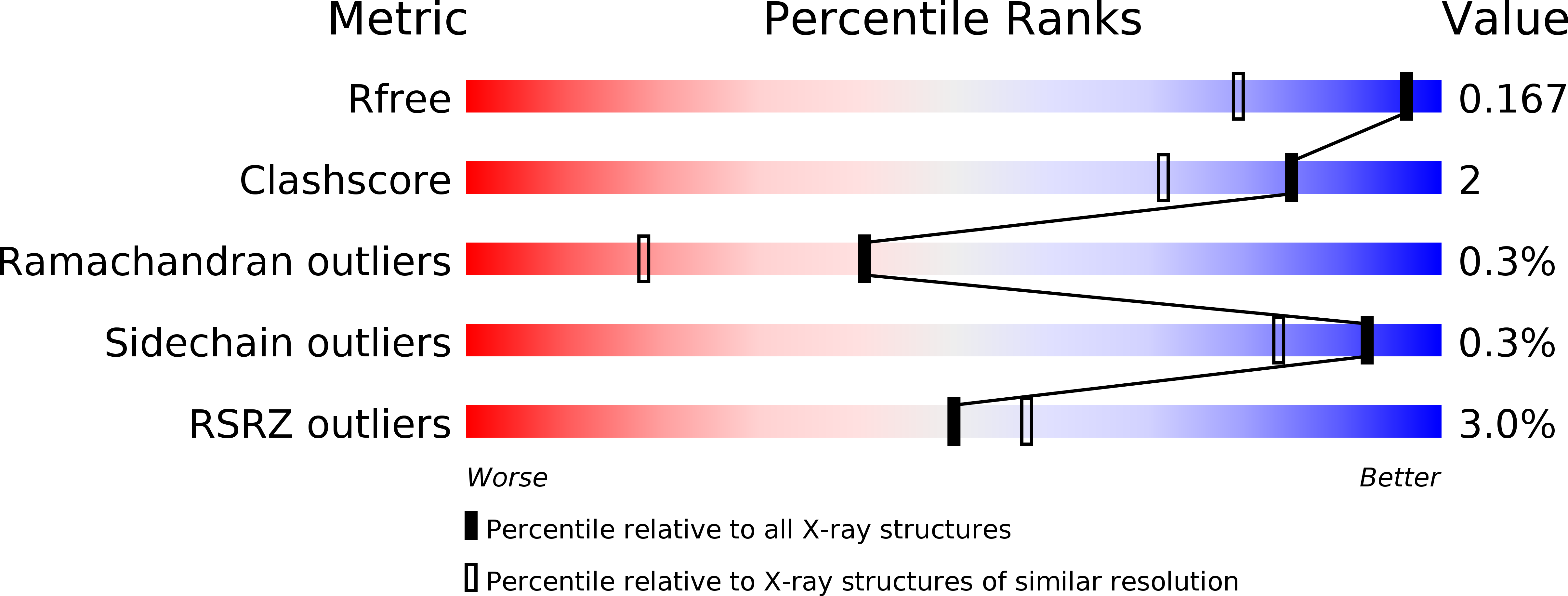
Deposition Date
2019-02-05
Release Date
2019-07-03
Last Version Date
2024-01-24
Entry Detail
PDB ID:
6NVX
Keywords:
Title:
Crystal structure of penicillin G acylase from Bacillus sp. FJAT-27231
Biological Source:
Source Organism:
Bacillus sp. FJAT-27231 (Taxon ID: 1679168)
Host Organism:
Method Details:
Experimental Method:
Resolution:
1.36 Å
R-Value Free:
0.16
R-Value Work:
0.14
R-Value Observed:
0.14
Space Group:
P 21 21 21


